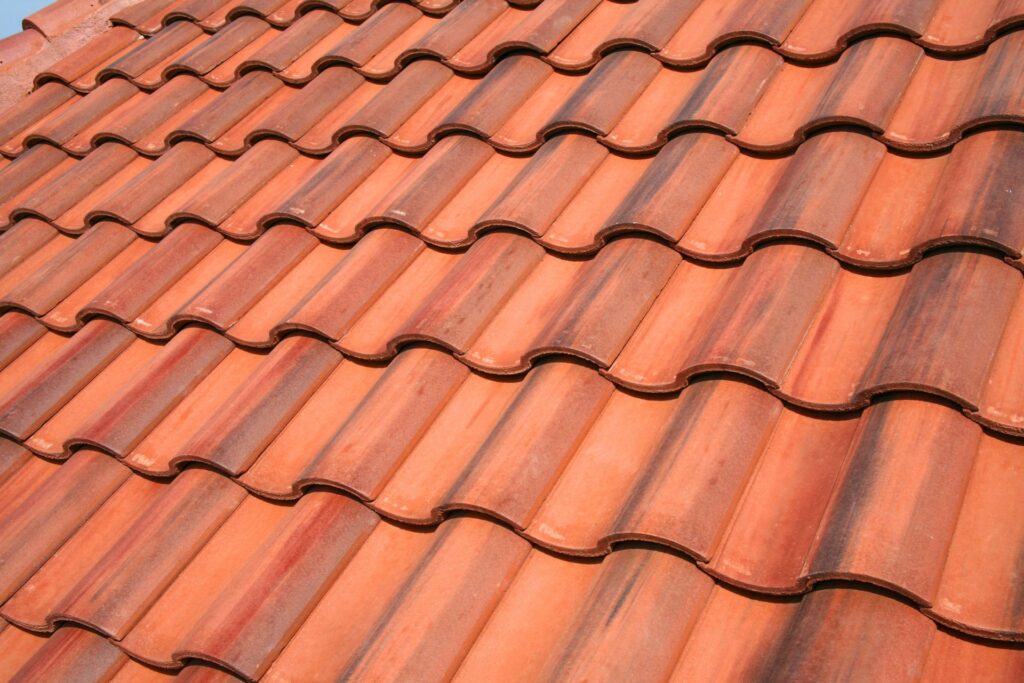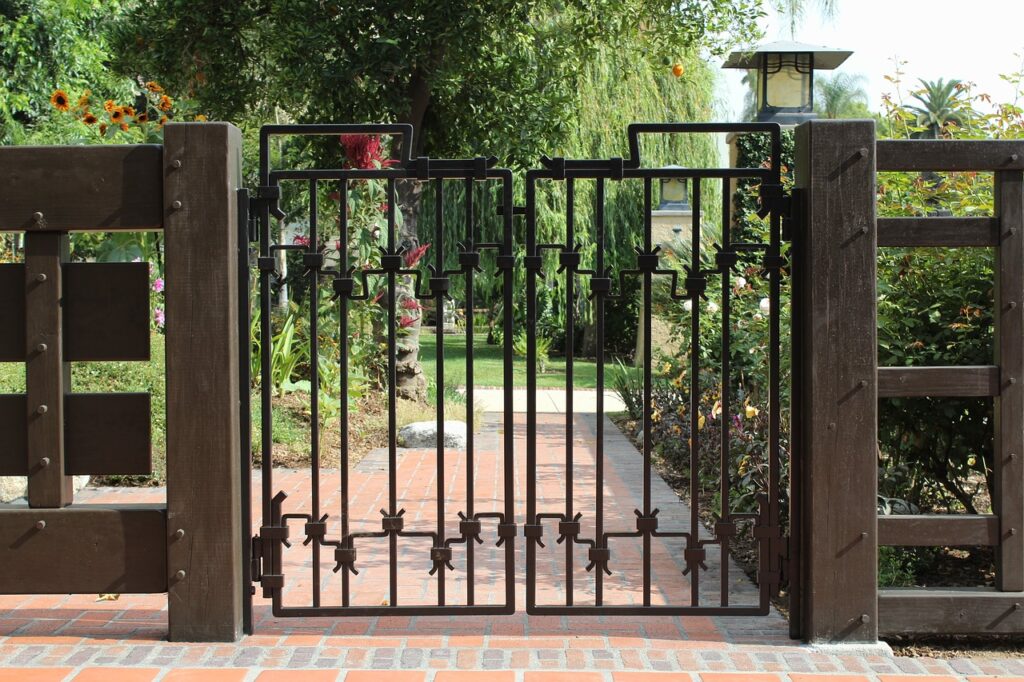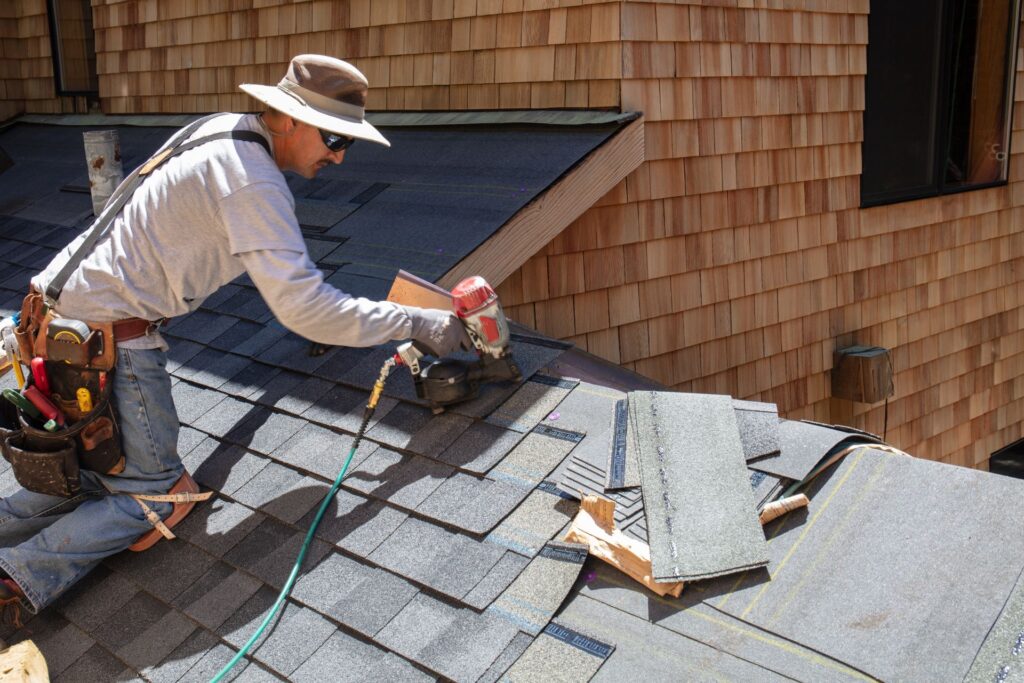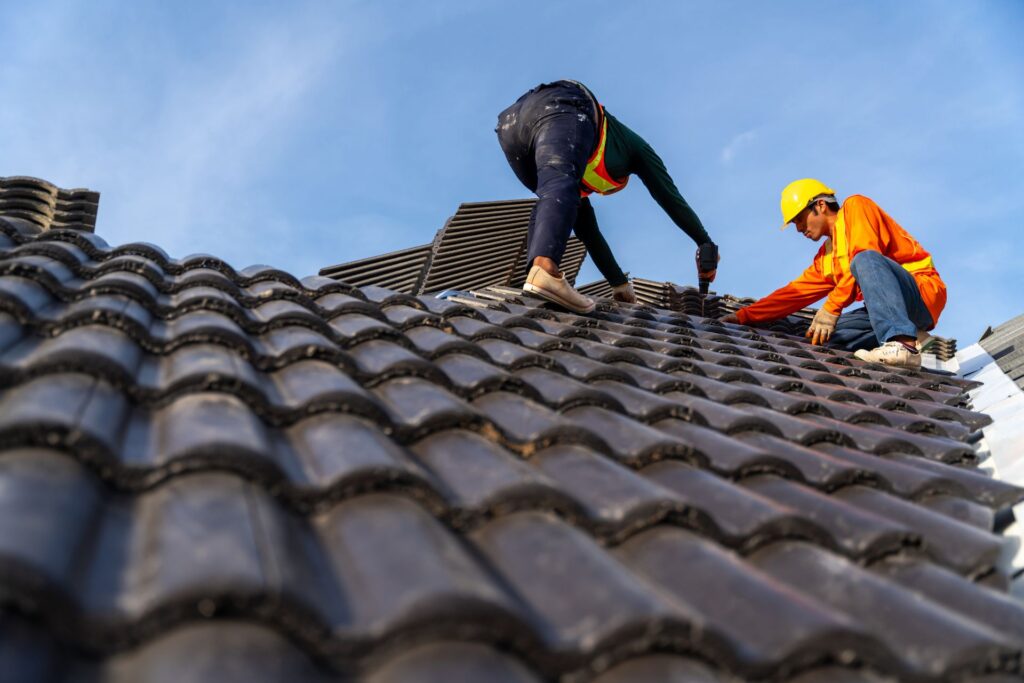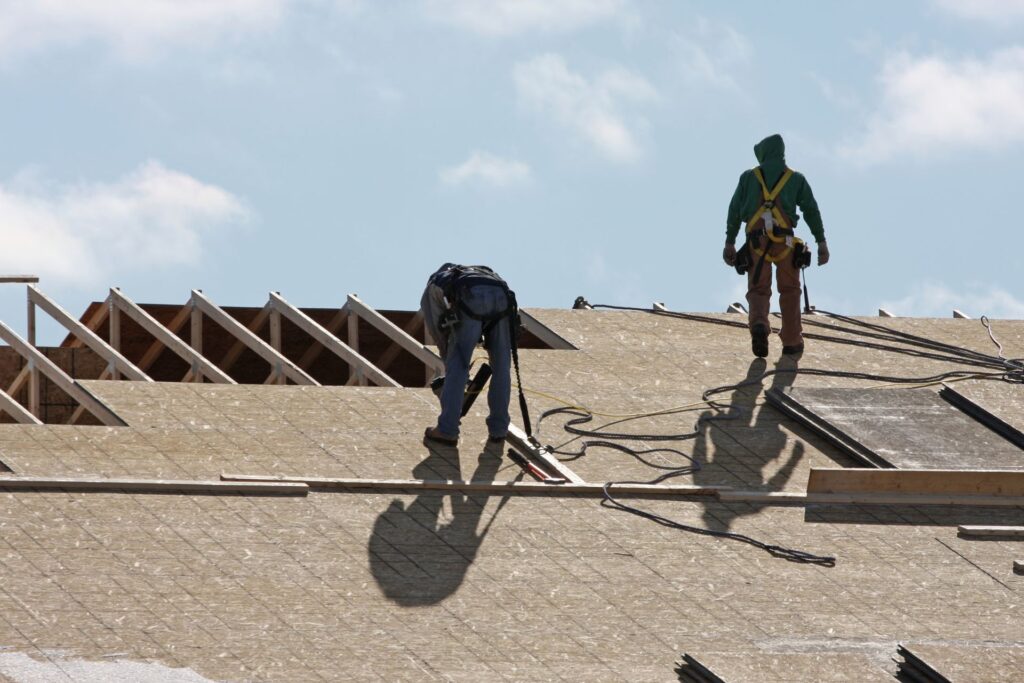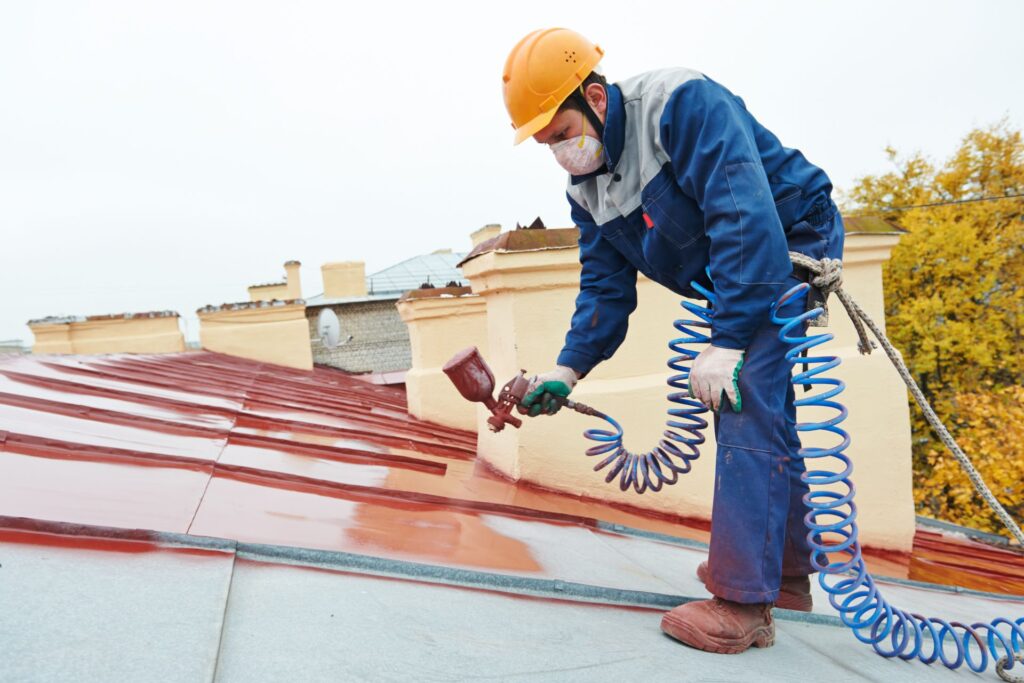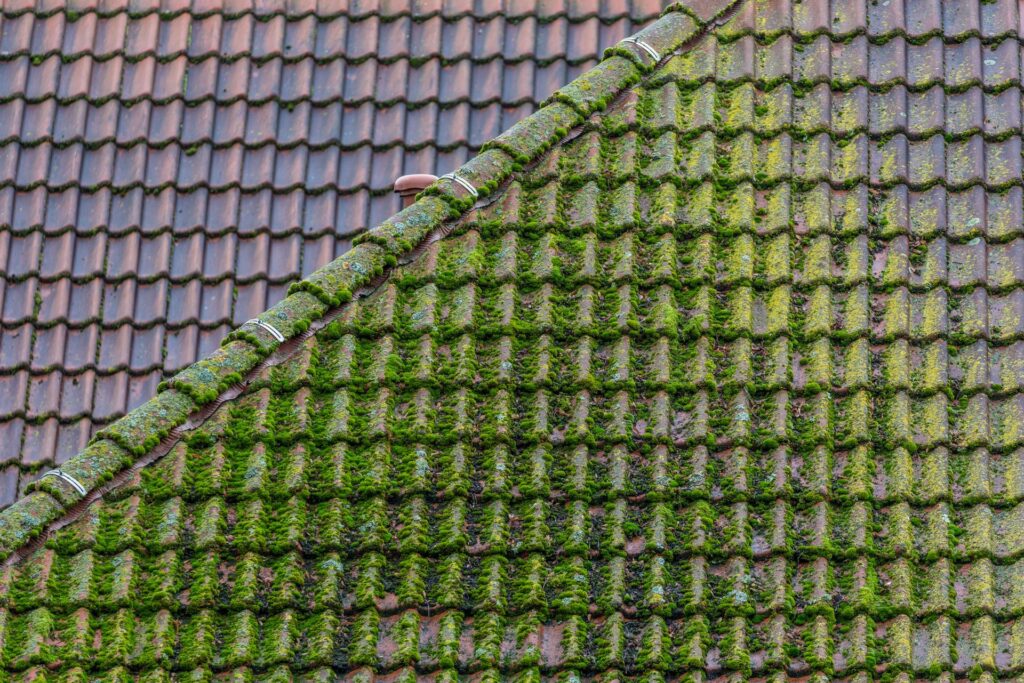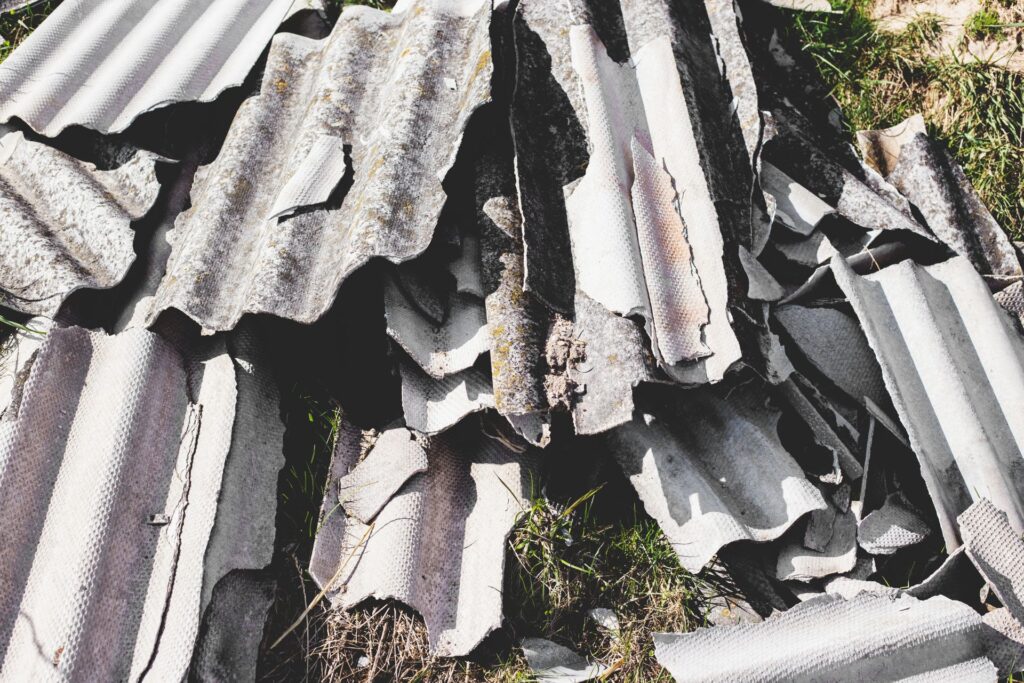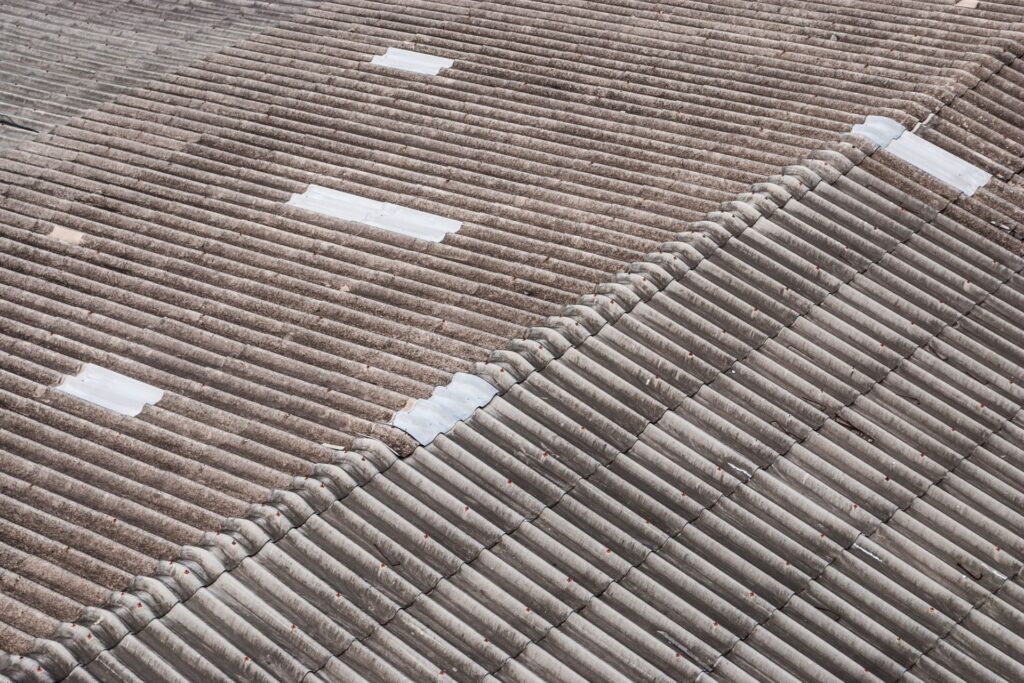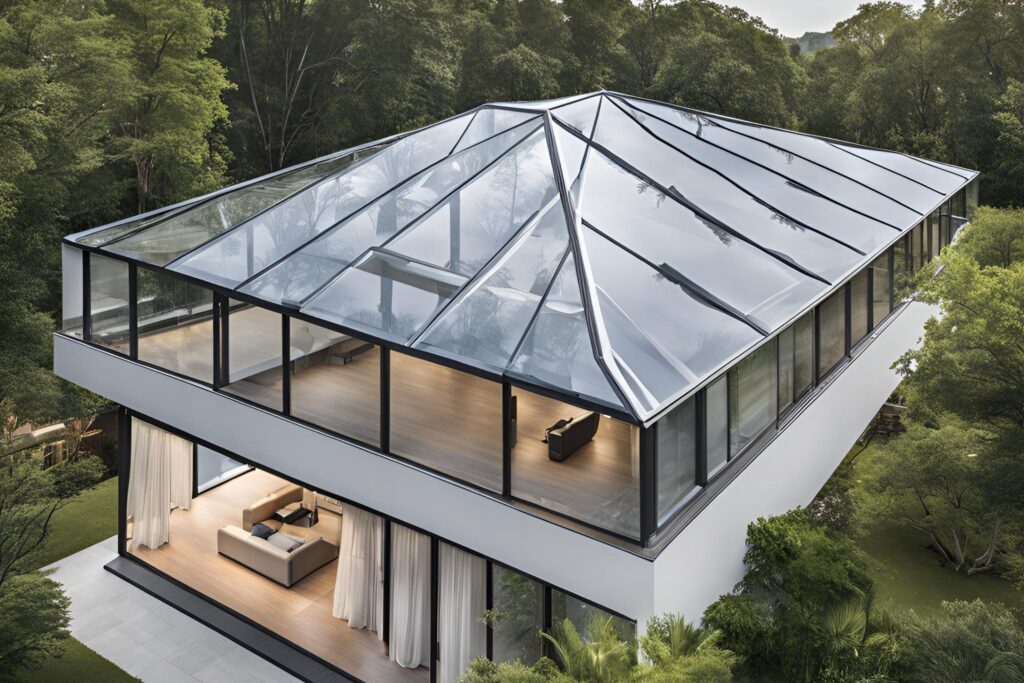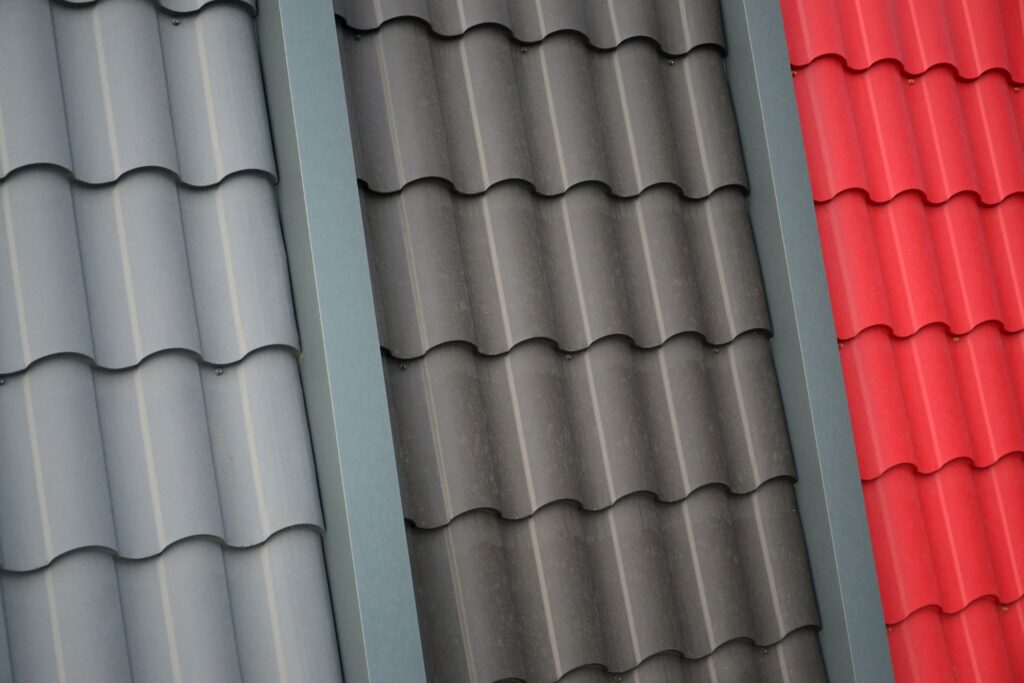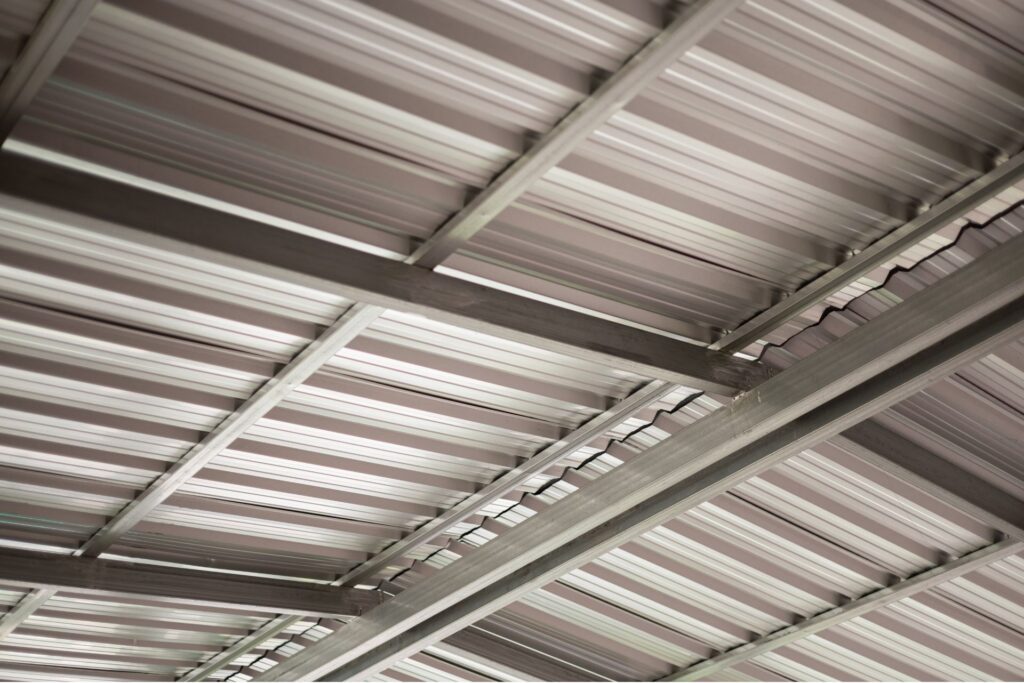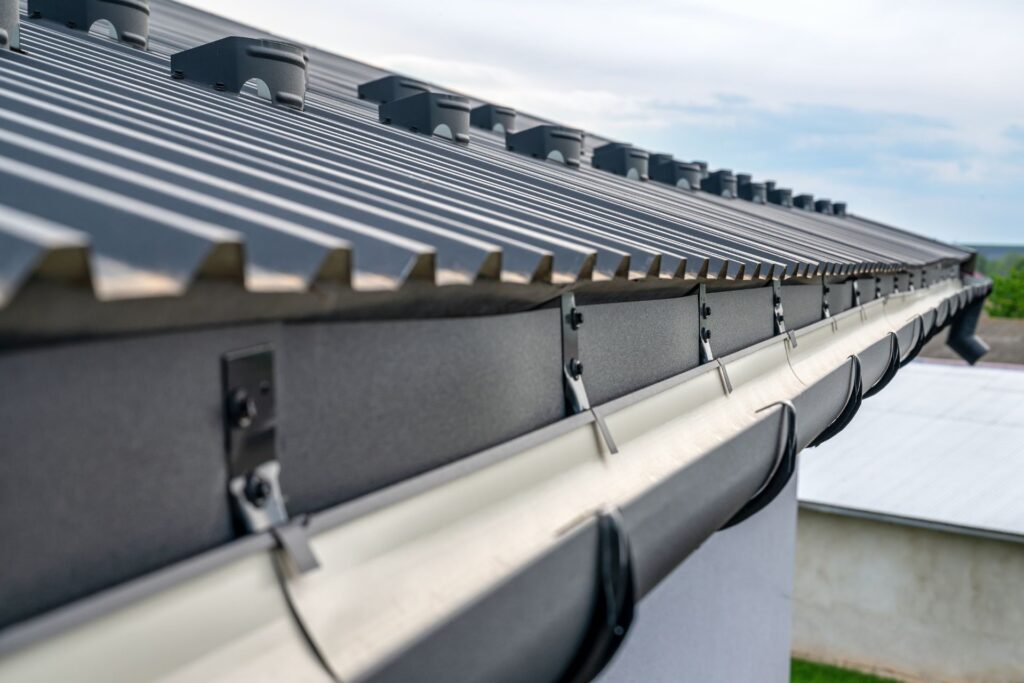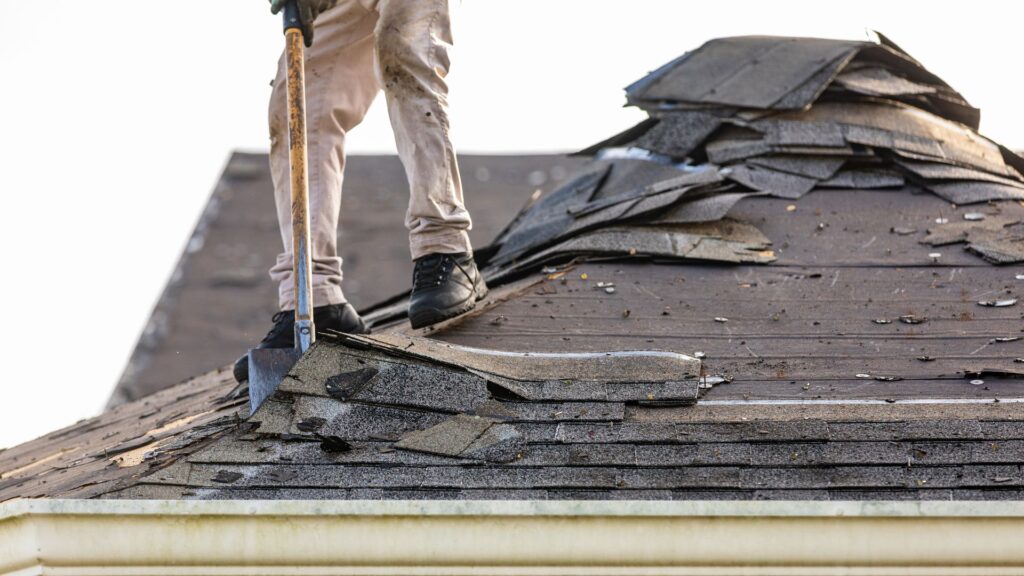Welcome to our exploration of roof types in New Zealand, where we dive into the critical decision every homeowner faces when choosing the best cover for their sanctuary. New Zealand’s unique landscape and climate present a beautiful yet challenging environment for selecting the right roof. From the rugged coasts exposed to salty sea air to the lush, rain-soaked regions that demand water resilience, your choice of roofing must stand up to the elements while complementing your home’s aesthetic.
In this guide, we aim to shed light on the myriad of roofing options available to Kiwi homeowners. Whether you’re building from scratch, considering a renovation, or simply curious about the latest in roofing technology, we’ve got you covered. Understanding the basics of roofing materials, styles, and considerations specific to New Zealand’s climate will ensure your home is not only beautiful but also durable and efficient. Join us as we navigate the world of roofing in Aotearoa, offering insights and advice to help you make an informed decision for your home.
The roof types in New Zealand vary widely, catering to the country’s diverse climate and homeowners’ aesthetic preferences. Popular choices include pitched, flat, and sloped roofs, each suitable for different environmental conditions and architectural styles. For homes in coastal areas, materials such as corrosion-resistant metals are ideal, while options like solar tiles and green roofs offer eco-friendly benefits. Ensuring your roof’s longevity involves regular maintenance and adherence to New Zealand’s building codes. With considerations ranging from weather resistance to energy efficiency, selecting the appropriate roof type and material is crucial for protecting and enhancing your home.
- Understanding The Basics Of Roofing In New Zealand
- Common Roof Types In New Zealand
- Material Choices For New Zealand Roofs
- Considerations For Choosing A Roof In New Zealand
- Maintenance Tips For New Zealand Roofs
- Navigating Roofing Regulations And Standards In New Zealand
- FAQs: About Guide To Roof Types In NZ
- Conclusion
- Find A Roofer Near You Today
Understanding The Basics Of Roofing In New Zealand
In the picturesque landscapes of New Zealand, where the weather can dance through four seasons in a single day, the roof over your head does more than just complete the look of your home. It stands as your first line of defense against the elements, a testament to your aesthetic flair, and a significant financial commitment. This guide aims to demystify the basics of roofing in New Zealand, providing homeowners with a solid foundation to make informed decisions about their roofing needs.
Considerations for Selecting the Right Roof
Weather Conditions: New Zealand’s unique climate demands careful consideration. From the humid summers of Northland to the frosty winters of Otago, the material and design of your roof should be tailored to withstand local weather patterns. High wind areas, for example, may benefit from more robust materials and secure fastening systems to prevent damage.
Aesthetic Preferences: Your roof is not just a functional necessity; it’s also an extension of your home’s character. New Zealand offers a palette of roofing options, from the classic corrugated iron reminiscent of country life to sleek, modern tiles that complement urban aesthetics. The choice of color, material, and style should harmonize with your home’s architecture and the surrounding landscape.
Budget: The cost of roofing materials and installation varies widely. While initial outlay may be a significant factor, it’s essential to consider long-term durability and maintenance costs. Investing in high-quality materials and professional installation can save money and headaches over the lifespan of your roof.
Roofing Terminology Explained
Pitch: The pitch of your roof is its slope. Measured as the ratio of vertical rise to horizontal run, pitch affects both the aesthetic appeal and functionality of your roof. Steeper pitches tend to shed rain and snow more efficiently but may require more materials and labor to construct.
Materials: The choice of roofing materials in New Zealand is broad, each with its advantages. Common options include:
Metal Roofing: Durable, lightweight, and available in various colors, metal roofing is a popular choice for its resistance to extreme weather and low maintenance requirements.
Concrete and Clay Tiles: Offering a timeless appeal, these materials are known for their longevity and ability to insulate against both heat and cold.
Asphalt Shingles: A cost-effective option, asphalt shingles are easy to install and come in a range of colors and styles.
Insulation: Proper roof insulation is crucial for maintaining a comfortable indoor temperature and reducing energy costs. In New Zealand, insulation standards are regulated to ensure homes are warm in winter and cool in summer. The right insulation material and thickness depend on your region’s climate and your home’s specific needs.
Understanding the basics of roofing in New Zealand is the first step toward making an informed decision about your home’s roofing system. By considering local weather conditions, aesthetic preferences, and budget, and familiarizing yourself with essential roofing terminology, you can ensure your roof is both functional and visually appealing. Whether you’re building a new home or replacing an existing roof, this guide is your starting point to navigating the complexities of roofing in New Zealand.
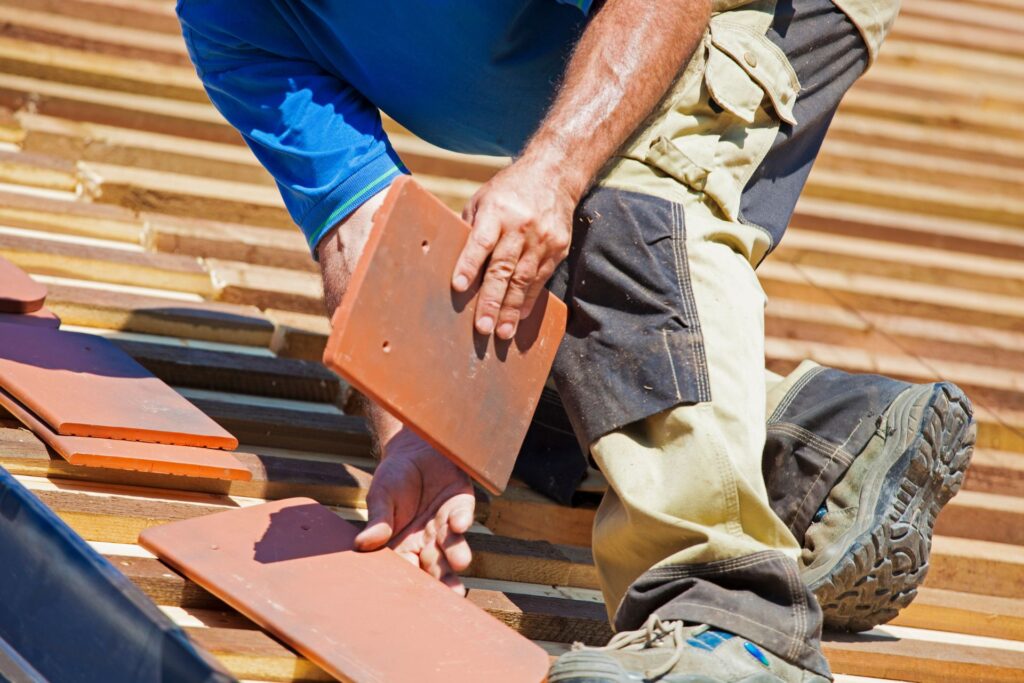
Common Roof Types In New Zealand
In New Zealand, the variety in weather patterns and geographical landscapes has influenced the evolution of roof designs and materials used in construction. Understanding the common roof types found across the country can guide homeowners and builders in making informed decisions that align with their specific needs and environmental conditions. This section delves into the characteristics, benefits, and popular materials of pitched roofs, flat roofs, and sloped roofs, providing a comprehensive overview of each.
Pitched Roofs: Characteristics and Benefits
Pitched roofs are easily recognized by their sloping surfaces, which converge at a peak. This design is particularly beneficial in regions prone to heavy rainfall, such as many areas in New Zealand. The slope allows water to naturally flow down the roof, reducing the risk of water accumulation and the potential damage it can cause. Additionally, pitched roofs offer an aesthetic appeal and can be designed to complement various architectural styles, from traditional to contemporary.
Popular Materials for Pitched Roofs
Metal: Known for its durability, metal roofing is a popular choice in New Zealand. It withstands severe weather conditions and offers a lifespan that can exceed several decades. Moreover, metal roofs are available in a wide range of colors and finishes, allowing for personalized design choices.
Asphalt Shingles: These provide a cost-effective roofing solution with a variety of styles and colors. Asphalt shingles are favored for their ease of installation and repair, making them an attractive option for many homeowners.
Flat Roofs: Explanation and Suitability
Flat roofs, as the name suggests, have a minimal slope, making them almost level. This type of roof is often chosen for commercial buildings but is also seen in modern residential designs. The key to a successful flat roof is effective waterproofing, as the slight slope can still allow for water pooling if not properly managed.
Material Options for Flat Roofs
Membrane Roofing: This includes materials such as EPDM (rubber), PVC, and TPO, which are excellent for creating a waterproof seal over flat surfaces. Membrane roofing is lightweight, durable, and resistant to environmental factors.
Concrete: Often used in commercial construction, concrete roofing is incredibly sturdy and offers excellent protection against the elements. It also provides a solid base for green roofs or rooftop patios.
Sloped Roofs: Advantages for Drainage
Sloped roofs offer a practical solution for efficient snow and rain drainage. Similar to pitched roofs, the angle of a sloped roof facilitates water runoff, preventing accumulation and minimizing the risk of leaks. This roof type is especially advantageous in areas that experience heavy snowfall, as the slope aids in the natural shedding of snow, reducing the load on the structure.
Material Variations for Sloped Roofs
Slate: Slate roofing tiles offer a high-end aesthetic with unmatched durability. They can last over a century if properly maintained, making them a long-term investment for homeowners.
Clay Tiles: These provide a distinctive look that can complement various architectural styles. Clay tiles are particularly resistant to degradation from sunlight and moisture, making them an ideal choice for the New Zealand climate.
In conclusion, choosing the right roof type and material is crucial for ensuring the longevity and efficiency of a building in New Zealand’s diverse climate. Whether it’s the durability and aesthetic flexibility of pitched roofs, the modern appeal and waterproofing challenges of flat roofs, or the efficient drainage provided by sloped roofs, each design comes with its unique set of advantages and considerations. By understanding these aspects, homeowners and builders can make choices that not only enhance the visual appeal of a structure but also contribute to its overall resilience and functionality.

Material Choices For New Zealand Roofs
When it comes to selecting the right material for your roof in New Zealand, understanding your options is crucial for making an informed decision. This beautiful island nation’s unique climate and landscape offer a variety of roofing materials tailored to withstand local weather conditions while enhancing the aesthetic appeal of your home. From the rugged coastlines to the urban sprawl, here’s a comprehensive guide to navigating your roofing material choices.
Metal Roofing: A Blend of Durability and Coastal Compatibility
Metal roofing stands out for its exceptional durability and suitability, especially in coastal areas where salt-laden air can significantly impact the longevity of roofing materials. New Zealand homes often feature metal roofing in the form of corrugated iron and steel tiles, each offering a unique blend of strength and style. Corrugated iron, with its distinctive wavy pattern, not only provides a classic look but also offers high resistance to harsh weather conditions. Steel tiles, on the other hand, mimic traditional tile shapes but with the added benefits of metal’s robustness and lighter weight. This makes them a perfect choice for homeowners looking for longevity without compromising on style.
Tile Roofing: The Charm of Ceramic and Concrete
Tile roofing is a timeless choice that adds an element of elegance and distinction to any home. Ceramic and concrete tiles are the two primary materials used in New Zealand, each with its unique advantages. Ceramic tiles, known for their aesthetic appeal, come in a variety of colors and styles that can complement any architectural design. They are particularly valued for their longevity and ability to retain their color over time. Concrete tiles, while offering a similar aesthetic appeal, are praised for their durability and cost-effectiveness. Both options provide excellent longevity, making them a wise investment for homeowners seeking a blend of beauty and durability.
Shingle Roofing: Cost-Effective and Easy to Install
Shingle roofing, including asphalt and wooden shingles, is favored for its cost-effectiveness and straightforward installation process. Asphalt shingles are a popular choice due to their affordability and versatility, available in various colors and styles to match different architectural designs. They are also relatively easy to install, which can reduce labor costs. Wooden shingles, while offering a more natural and rustic appearance, are appreciated for their environmental friendliness and insulation properties. Both types provide a practical roofing solution for homeowners looking to balance cost with appearance and performance.
Eco-Friendly Options: Pioneering Sustainability in Roofing
With an increasing focus on sustainability, eco-friendly roofing options such as solar tiles and green roofs are gaining popularity in New Zealand. Solar tiles offer a dual function of protecting your home while generating electricity, thus providing energy savings and reducing reliance on the grid. Green roofs, which involve planting vegetation on rooftops, not only enhance a building’s insulation but also contribute to urban biodiversity and stormwater management. These innovative roofing choices are a testament to New Zealand’s commitment to environmental stewardship and offer homeowners the opportunity to play a part in the green revolution.
In conclusion, choosing the right roofing material is a critical decision that can impact your home’s durability, energy efficiency, and aesthetic appeal. Whether you’re drawn to the robustness and coastal resilience of metal roofing, the timeless elegance of tile, the cost-effectiveness of shingles, or the environmental benefits of eco-friendly options, there’s a roofing material suited to every need and preference in New Zealand. By carefully considering these options, you can ensure that your home not only stands up to the local climate but also reflects your values and style.

Considerations For Choosing A Roof In New Zealand
When embarking on the journey of choosing a new roof for your home in New Zealand, it’s essential to consider several key factors that will not only ensure your home remains protected against the elements but also complement its aesthetic appeal and functions efficiently over time. In this detailed guide, we’ll dive into the crucial considerations for selecting a roof in New Zealand, focusing on weather resistance, aesthetics and architectural style, insulation and energy efficiency, and cost versus longevity.
Weather Resistance
New Zealand’s unique weather patterns, characterized by frequent rain, strong winds, and considerable UV exposure, demand careful consideration of roofing materials and types. The primary goal is to select roofing solutions that promise durability and resistance against these conditions. Materials like metal roofing, concrete tiles, and certain synthetic options have proven effective in standing up to New Zealand’s weather. Additionally, considering the slope and design of your roof can further enhance its weather resistance, ensuring water runoff is efficient and wind resistance is optimized.
Aesthetics and Architectural Style
A roof is not just a protective covering; it’s a significant component of your home’s overall appearance and architectural expression. Matching your roof with your home’s architectural style and your personal taste is crucial. Whether your home is a classic villa, a contemporary masterpiece, or anything in between, there’s a roofing material and color that will complement its design. For instance, traditional homes may benefit from the natural look of slate or terracotta tiles, while modern homes might suit sleek metal or composite materials. This harmony between your roof and the architectural style enhances curb appeal and can significantly impact property value.
Insulation and Energy Efficiency
The role of roofing in home insulation and energy use cannot be overstated. A well-chosen roof contributes significantly to maintaining a comfortable indoor temperature and reducing energy costs. Materials that provide excellent thermal resistance and reflectivity can keep your home cooler in summer and warmer in winter. Incorporating sufficient insulation and considering the color and material of your roofing can optimize energy efficiency. Light-colored roofs, for example, reflect more sunlight and heat than dark roofs, contributing to a cooler home in sunny climates.
Cost and Longevity
While the upfront cost of roofing materials and installation is an important consideration, it’s equally crucial to think about the long-term benefits and maintenance requirements of your chosen roof. Some materials may have a higher initial cost but offer lower maintenance and longer lifespan, translating to cost savings over time. It’s important to evaluate the cost-effectiveness of different roofing options in the context of their durability and expected maintenance. Regular maintenance can extend the life of your roof, regardless of the material, making it a vital part of the cost and longevity equation.
In conclusion, selecting the right roof for your New Zealand home involves a delicate balance of functional, aesthetic, and financial considerations. By prioritizing weather resistance, ensuring the roof complements the architectural style of your home, optimizing for energy efficiency, and carefully weighing costs against long-term benefits, homeowners can make informed decisions that enhance the comfort, appeal, and value of their homes. Always consult with roofing professionals who understand the unique New Zealand climate and can provide personalized advice tailored to your home’s specific needs.

Maintenance Tips For New Zealand Roofs
Maintaining the roof of your home is essential for safeguarding your property and ensuring its longevity. For homeowners in New Zealand, where the climate can range from sunny and dry to wet and windy, proper roof maintenance is crucial. In this guide, we’ll cover maintenance tips for New Zealand roofs, focusing on routine inspection, signs of wear and damage, and knowing when it’s time to call in the professionals. Our goal is to equip you with the knowledge to extend the life of your roof, protecting your home and your investment.
Routine Inspection and Maintenance: The Key to a Long-lasting Roof
Regular checks and upkeep can significantly extend the life of your roof. Here’s how to incorporate routine inspection and maintenance into your home care schedule:
Bi-annual Inspections: Schedule roof inspections in the spring and autumn. These seasons provide the perfect weather for identifying any damage that might have occurred during the harsher winter or summer months.
Clean Gutters and Downspouts: Ensure your gutters are free from leaves, twigs, and debris. Clogged gutters can lead to water accumulation on your roof, which might cause leaks and damage over time.
Trim Overhanging Branches: Trees near your home can pose a risk during storms. Trim any branches that hang over your roof to prevent them from falling and causing damage.
Check for Moss and Algae: In New Zealand’s damp climate, roofs are prone to moss and algae growth. These can retain moisture against the roof surface, potentially leading to rot. Gentle cleaning with a moss remover solution designed for roofs can help prevent this issue.
Signs of Wear and Damage to Look Out For
Being able to identify early signs of wear and damage can save you from costly repairs down the line. Here are key indicators that your roof may need some attention:
Missing or Damaged Shingles: Keep an eye out for shingles that are cracked, bent, or missing. This can expose your roof to water damage.
Leaks or Water Damage: Inside your home, look for signs of water damage on ceilings or walls, as these may indicate a leaking roof.
Sagging: A sagging roof is a serious issue that suggests structural problems. It’s often a sign of water accumulation or inadequate support.
Light Through the Roof: If you see light coming through your attic, it means there are gaps in your roof that could lead to leaks.
When to Consider Professional Inspection or Replacement
While regular maintenance can be handled by most homeowners, there are times when calling in a professional is the best course of action:
After Severe Weather Events: It’s wise to have your roof inspected by a professional after extreme weather, such as heavy snowfall, storms, or high winds, which can cause immediate and significant damage.
Age of the Roof: If your roof is approaching or has surpassed its expected lifespan (typically 20-30 years for shingle roofs), a professional inspection can determine whether maintenance, repair, or replacement is necessary.
Persistent Issues: If you’re facing recurring leaks or damage despite regular maintenance, it might be time for a comprehensive professional assessment. This can help identify underlying issues that require expert attention.
Proper maintenance and timely repairs are key to maximizing the lifespan of your New Zealand roof. By following these tips and knowing when to seek professional help, you can ensure your roof remains in top condition, protecting your home and your loved ones from the elements. Remember, a well-maintained roof not only secures your immediate comfort and safety but also contributes to the overall value of your property.

Navigating Roofing Regulations And Standards In New Zealand
Navigating the intricate landscape of roofing regulations and standards in New Zealand is crucial for homeowners, property developers, and construction professionals alike. This comprehensive guide aims to shed light on the complexities of New Zealand building codes and standards specifically related to roofing, underline the significance of adherence for ensuring safety, maintaining insurance validity, and enhancing resale value, and offer practical advice on collaborating with certified roofing experts and contractors.
Overview of NZ Building Codes and Standards Related to Roofing
New Zealand’s building codes and standards are designed to ensure that construction practices meet the highest quality and safety benchmarks. When it comes to roofing, these regulations cover a wide array of aspects, including materials, design, installation, and maintenance. The Building Code in New Zealand, especially clauses E2 (External Moisture) and B2 (Durability), directly impact roofing projects, dictating how roofs must be constructed to prevent water ingress and ensure longevity.
Moreover, specific standards such as NZS 3604:2011 provide guidance on the engineering principles and practices for timber-framed buildings in New Zealand, including roofing. Other relevant documents include the New Zealand Metal Roof and Wall Cladding Code of Practice and the Code of Practice for Concrete and Clay Tiles, which provide detailed specifications for those particular materials.
The Importance of Compliance for Safety, Insurance, and Resale Value
Compliance with these regulations is not just a legal requirement; it’s a critical factor in ensuring the safety of the building’s occupants. Properly installed and maintained roofs protect against the elements, prevent water damage, and contribute to the structural integrity of the building. Non-compliance can lead to serious safety hazards, including the risk of roof collapse under extreme weather conditions.
From an insurance perspective, adherence to building codes and standards is equally important. Insurance companies may refuse to cover damage or may invalidate your policy if it’s found that the construction did not comply with the relevant regulations. This can lead to significant financial losses in the event of damage or disaster.
Furthermore, compliance has a direct impact on the resale value of a property. A home that meets all the required standards is more appealing to buyers, as it assures them that the property is safe, sound, and built to last. Non-compliance, on the other hand, can drastically reduce a property’s market value and attractiveness to potential buyers.
Tips for Working with Qualified Roofing Professionals and Contractors
Finding and hiring the right roofing professional or contractor is key to ensuring your roofing project complies with New Zealand’s stringent standards. Here are some tips to guide you through this process:
1. Look for Qualifications and Certifications: Ensure that the roofing contractor you consider is licensed and has the necessary qualifications. Certification by a recognized body, such as the Roofing Association of New Zealand (RANZ), is a good indicator of a contractor’s reliability and adherence to standards.
2. Check References and Past Work: Ask for references and examples of previous projects. This can give you insight into the quality of their work and their experience with projects similar to yours.
3. Get Everything in Writing: From quotes to timelines and the details of the work to be done, having everything documented can help protect you in case of disputes or discrepancies.
4. Understand the Warranty: Make sure you are clear about what is covered under the warranty for both materials and workmanship. A reputable contractor will offer a warranty that covers significant aspects of the roofing work.
5. Communication is Key: Effective communication throughout the project is essential. A good contractor should be able to explain the process, answer your questions, and keep you informed at every stage.
By equipping yourself with a thorough understanding of New Zealand’s roofing regulations and standards, recognizing the importance of compliance, and engaging with skilled professionals, you can ensure that your roofing project is not only successful but also adds value and safety to your property.

FAQs: About Guide To Roof Types In NZ
Conclusion
Selecting the right roofing solution for New Zealand homes transcends aesthetic appeal, embodying a critical choice that influences durability, energy efficiency, and comfort, especially given the country’s diverse climate. As we reflect on this significant decision, it’s imperative to consider personal needs, budget, and the long-term advantages of various roofing materials and styles. The essence of choosing an appropriate roof lies in its ability to withstand local weather challenges, from the heavy rains of Fiordland to the intense sun in the Bay of Plenty. Balancing immediate financial constraints with the future benefits of durable, high-quality materials can lead to substantial energy savings and increased property value.
Therefore, we advocate for consulting with professional roofing experts who can provide personalized, location-specific advice, ensuring your choice not only meets current needs but also stands the test of time. This comprehensive approach guarantees that the investment in your roof is a pivotal step towards enhancing your home’s overall value, appearance, and comfort, securing peace of mind for years to come.
Find A Roofer Near You Today
- Auckland Roofing Company
- Cambridge Roofing NZ
- Central Otago Roofing Services
- Hamilton Roofing Services
- Hastings Roofing Company
- Hawkes Bay Roofing Company
- Kapiti Coast Roofing Services
- Lower Hutt Roofing Services
- Napier Roofing Company
- New Plymouth Roofing Company Taranaki
- North Shore Roofing Company
- Orewa Roofing Company
- Porirua Roofing Services
- Roof Painting Company Auckland
- Roof Repairs Manukau
- Roof Repairs Takanini
- Roofers Papakura
- Roofing Company Auckland
- Roofing Company Invercargill
- Roofing Contractors Northland
- Roofing Contractors South Auckland
- Roofing Contractors Whangarei
- Roofing Waikato
- Roofing Walkworth
- Te Awamutu Roofing
- Upper Hutt Roofing Services
- Warkworth Roofing Company
- Wellington Roofing Services
About the Author:
Mike Veail is a recognized digital marketing expert with over 6 years of experience in helping tradespeople and small businesses thrive online. A former quantity surveyor, Mike combines deep industry knowledge with hands-on expertise in SEO and Google Ads. His marketing strategies are tailored to the specific needs of the trades sector, helping businesses increase visibility and generate more leads through proven, ethical methods.
Mike has successfully partnered with numerous companies, establishing a track record of delivering measurable results. His work has been featured across various platforms that showcase his expertise in lead generation and online marketing for the trades sector.
Learn more about Mike's experience and services at https://theleadguy.online or follow him on social media:

